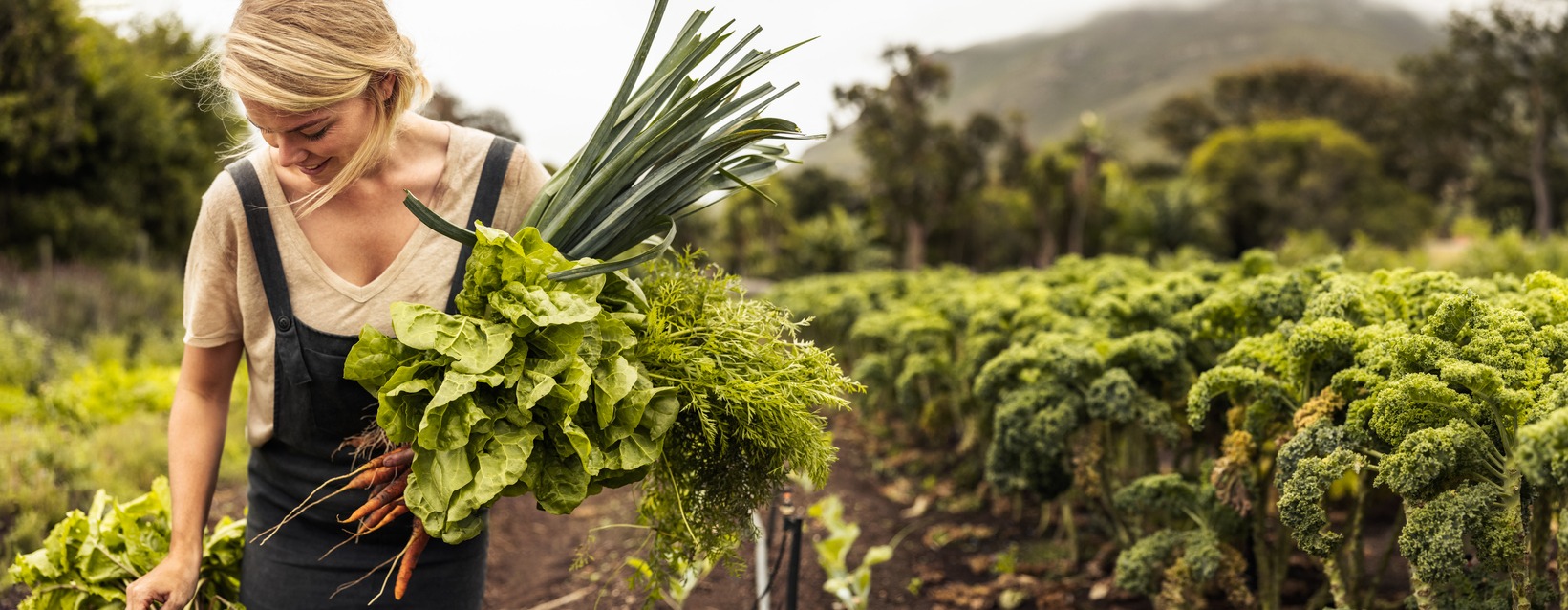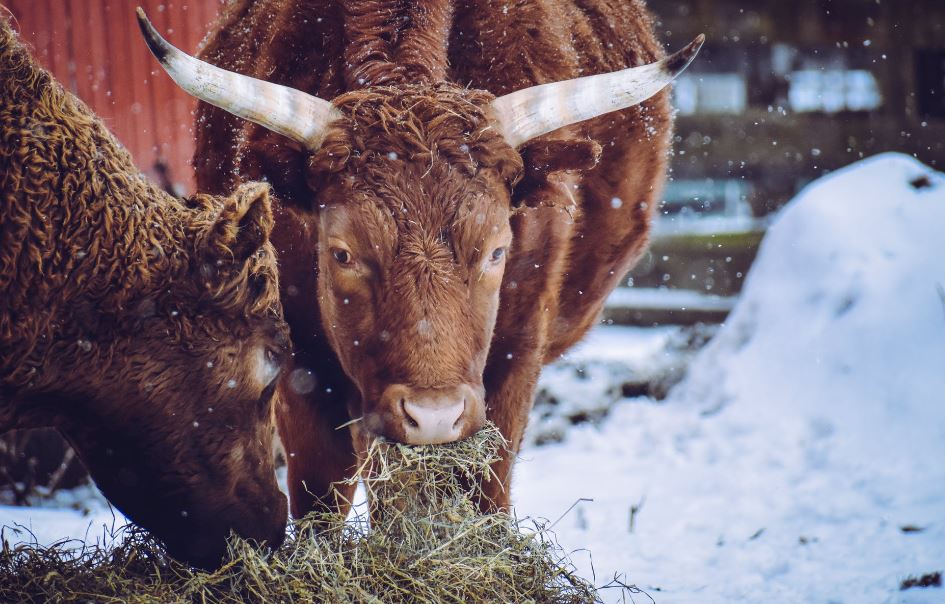Historic Homesteads You Can Visit to Experience Early American Homesteading
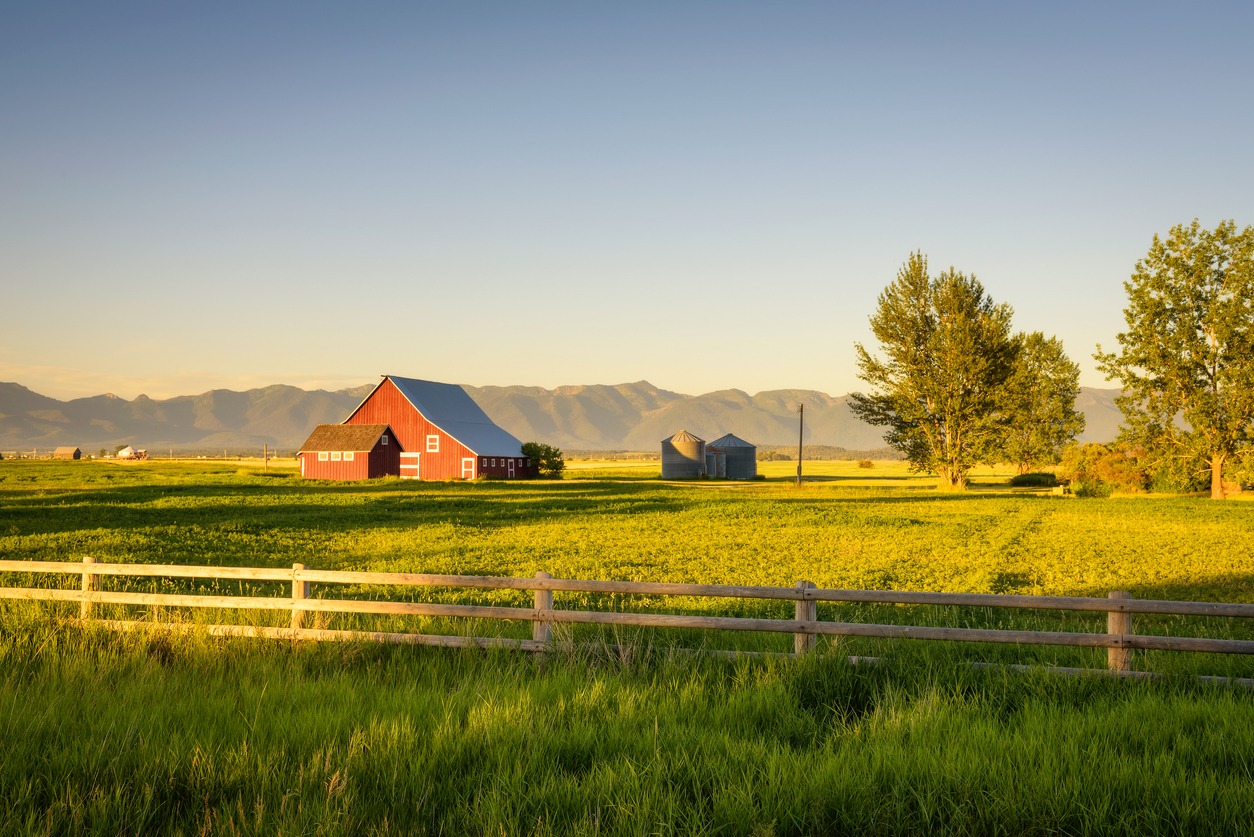
Ever wonder what it would have been like to build a life from scratch on the untamed American frontier? For the early homesteaders, it wasn’t just an adventure—it was survival, community, and an incredible leap of faith. Today, visiting historic homesteads lets us step into their world and see how they turned 160 acres of wild land into a place they could call home. It’s more than just history—it’s a chance to connect with the grit, ingenuity, and resilience that defined a generation of settlers.
Whether you’re tracing your family roots or just curious about how the United States was shaped by the Homestead Act of 1862, exploring these preserved sites brings the past to life in a way no textbook ever could. From restored cabins and prairie trails to interactive museums, these destinations offer something for everyone. They’re a window into a time when dreams were built with bare hands and determination.
The History of Homesteading
To understand these sites, you need to go back to 1862. The United States was in the middle of the Civil War when President Abraham Lincoln signed the Homestead Act into law. It promised 160 acres of public land to any citizen willing to settle, farm, and improve it for at least five years. This law wasn’t just about offering land—it was about hope, opportunity, and the belief that hard work could change lives. For many, it was a chance to escape poverty, build a future, and leave a legacy for their descendants.
This wasn’t easy, of course. Settlers faced extreme weather, isolation, and the backbreaking task of turning wild, untamed land into farms. The open plains could be beautiful, but they were also harsh, with blistering summers, freezing winters, and limited resources. Neighbors could be miles away, and loneliness was a common challenge. Still, over the next 123 years, more than 1.6 million homestead claims were filed, reshaping the American landscape and society. It was one of the largest migrations in U.S. history, forever changing the country’s demographics and economy. Today, nearly one in three Americans can trace their roots back to a homesteader. This just shows how deeply this era shaped the nation.
Homestead National Historical Park
If there’s one place to immerse yourself in homesteading history, it’s Homestead National Historical Park in Beatrice, Nebraska. This free national park is dedicated to exploring the legacy of the Homestead Act, offering a mix of indoor exhibits, outdoor adventures, and immersive learning experiences. It’s more than a museum—it’s a place where history feels alive.
Start at the Heritage Center, where you can watch Land of Dreams, a short film that captures the essence of the homesteading experience. The film introduces you to the dreams and struggles of those who ventured westward, making it a perfect starting point for your visit. Younger visitors can dive into the Junior Ranger program, earning badges while learning about life on the frontier. For adults, the park’s genealogy resources offer an exciting opportunity to trace family history. Did you know that 30 states were opened up to settlement through this Act? With just a few clicks, you might uncover a personal connection to this transformative era.
The National Homestead Museum provides a deeper look at the era, showcasing tools, documents, and stories from the people who lived it. One highlight is George Washington Palmer’s 1867 cabin, a beautifully preserved structure that gives you a tangible sense of frontier life. This cabin is so iconic it’s featured on a commemorative quarter. Nearby, the Freeman School, a one-room schoolhouse that operated for nearly a century, offers a glimpse into how education became a cornerstone of frontier communities. Each building tells its own story, creating a mosaic of life during the homesteading years.
The Prairie Outside the Museum
Step outside the museum, and you’ll find yourself surrounded by the same landscapes that early settlers encountered. The park has restored tallgrass prairies and riparian forests, offering three miles of trails for visitors to explore. These trails are more than a chance to stretch your legs—they’re a journey through time, showing you the land as it was before settlers arrived.
Walking these trails isn’t just a scenic experience—it’s a chance to reflect on what it took to tame these wild spaces. Imagine the pioneers arriving here, seeing nothing but endless grass and open sky. It’s hard to fathom the determination it must have taken to carve a home out of such an environment.
What might have seemed like an opportunity to some could have felt overwhelming to others. You’ll see native plants like big bluestem, switchgrass, and Indian grass swaying in the breeze, just as they did centuries ago. Keep an eye out for wildlife like deer, prairie chickens, or even the occasional coyote—reminders of the delicate balance between humans and nature.
The trails also reveal the challenges settlers faced in cultivating the land. The soil was often tough and required innovative farming techniques to yield crops. As you walk, you can’t help but admire the resilience of those who took on this monumental task.
Restored Pioneer Cabins
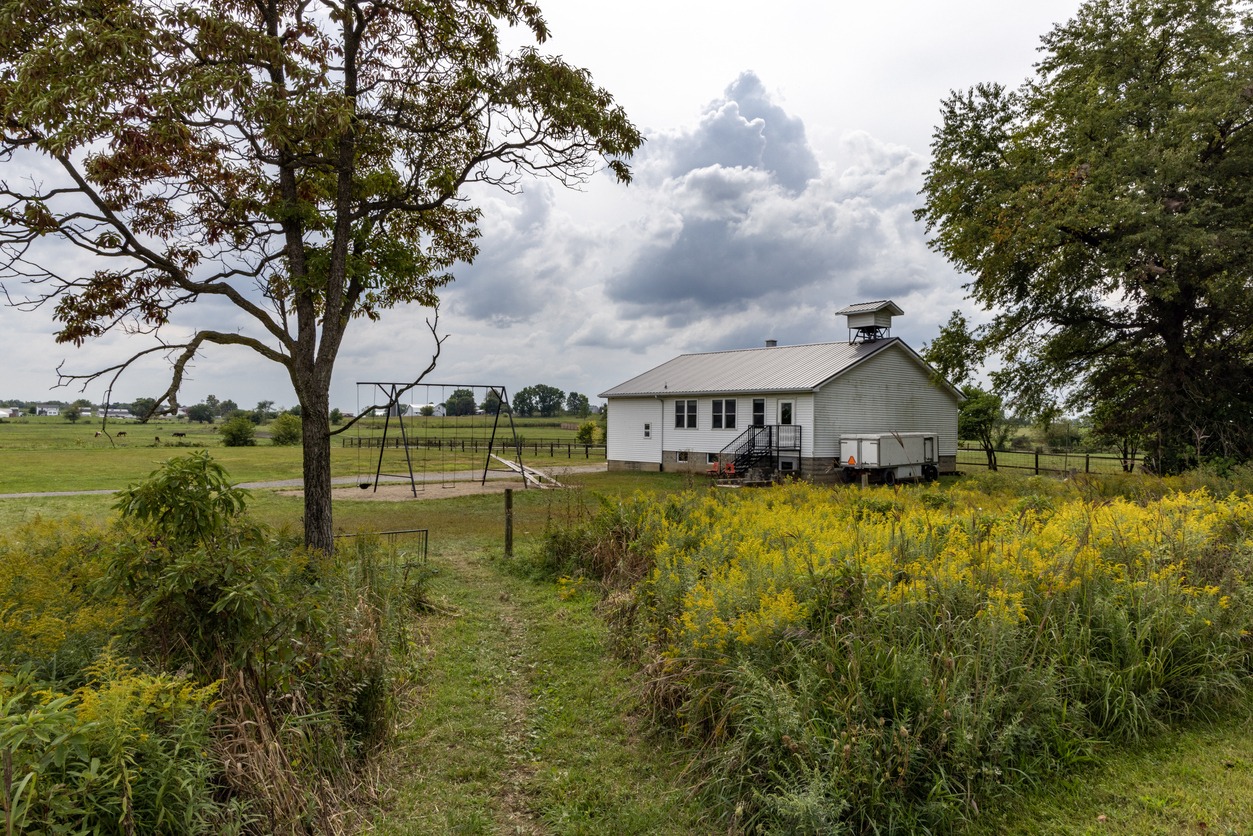
One of the most powerful ways to connect with history is by stepping into a pioneer cabin. These modest homes, often made from logs or sod, give you a sense of the rugged simplicity of frontier life. Many of the cabins you’ll find today have been carefully preserved or reconstructed to show what life was like for settlers in the 1800s. They aren’t just buildings—they’re time capsules.
Inside, you’ll see authentic furnishings and tools that early Americans used daily. Cast-iron cookware hangs by the fireplace, and wooden chairs surround simple tables where families likely share meals and stories. The low ceilings, rough-hewn logs, and small rooms create an intimate picture of family life during this time. Outside, you might find kitchen gardens brimming with heirloom vegetables, livestock pens housing goats or chickens, or barns built for storage and shelter. These cabins remind us how much work it took to not only survive but thrive in such a challenging environment.
It’s humbling to imagine life here—how winters would bite, how summers would scorch, and how families relied on each other and their ingenuity to make it through.
Learn at a One-Room Schoolhouse
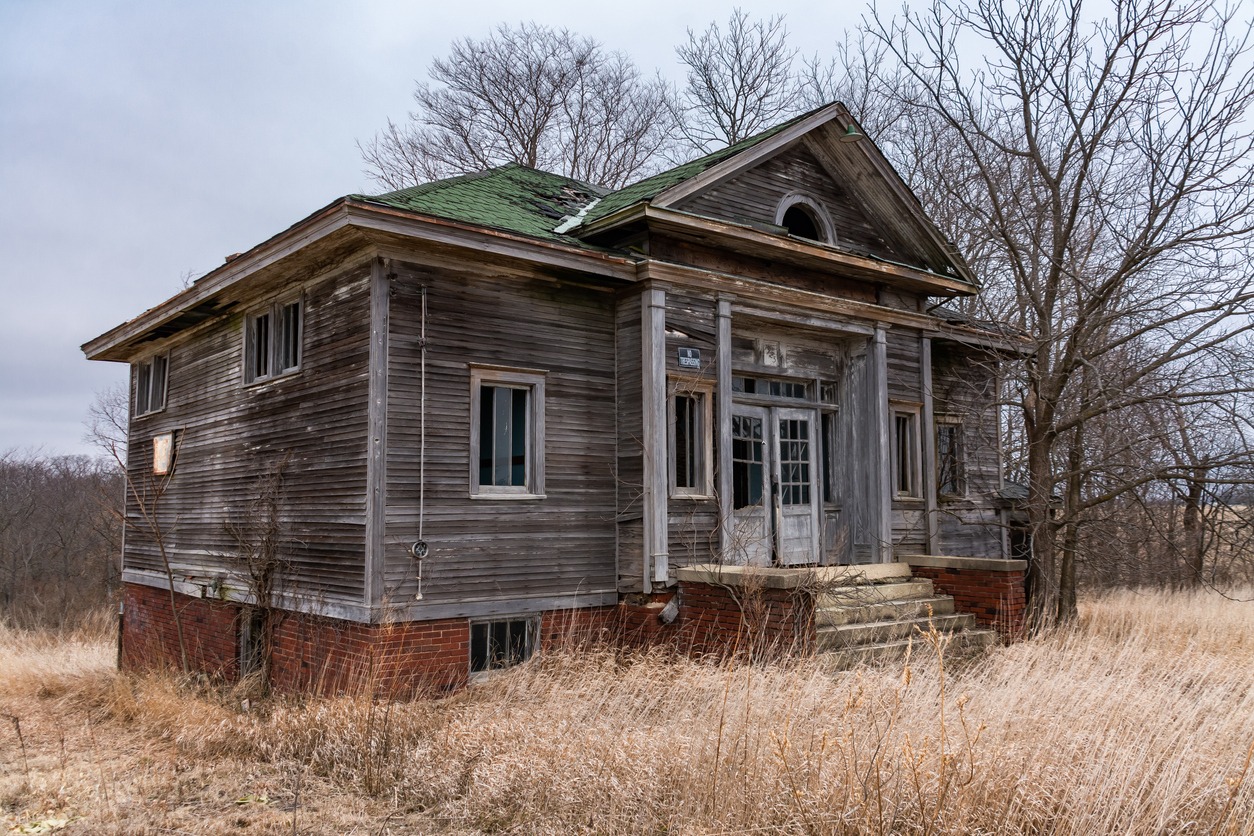
Education was a cornerstone of community life, even in the most remote settlements. At Homestead National Historical Park, the restored Freeman School offers a look at 19th-century education. This one-room schoolhouse hosted children of all ages, with older students often helping teach younger ones. It was more than a classroom—it was a lifeline to literacy, learning, and hope.
Imagine sitting at a wooden desk, practicing your penmanship on a slate, or listening to the teacher read lessons aloud. Schools like these were more than places of learning—they were hubs for community events, social gatherings, and even local government meetings. The Freeman School operated from 1872 to 1967, making it a living piece of history.
Agricultural Innovations
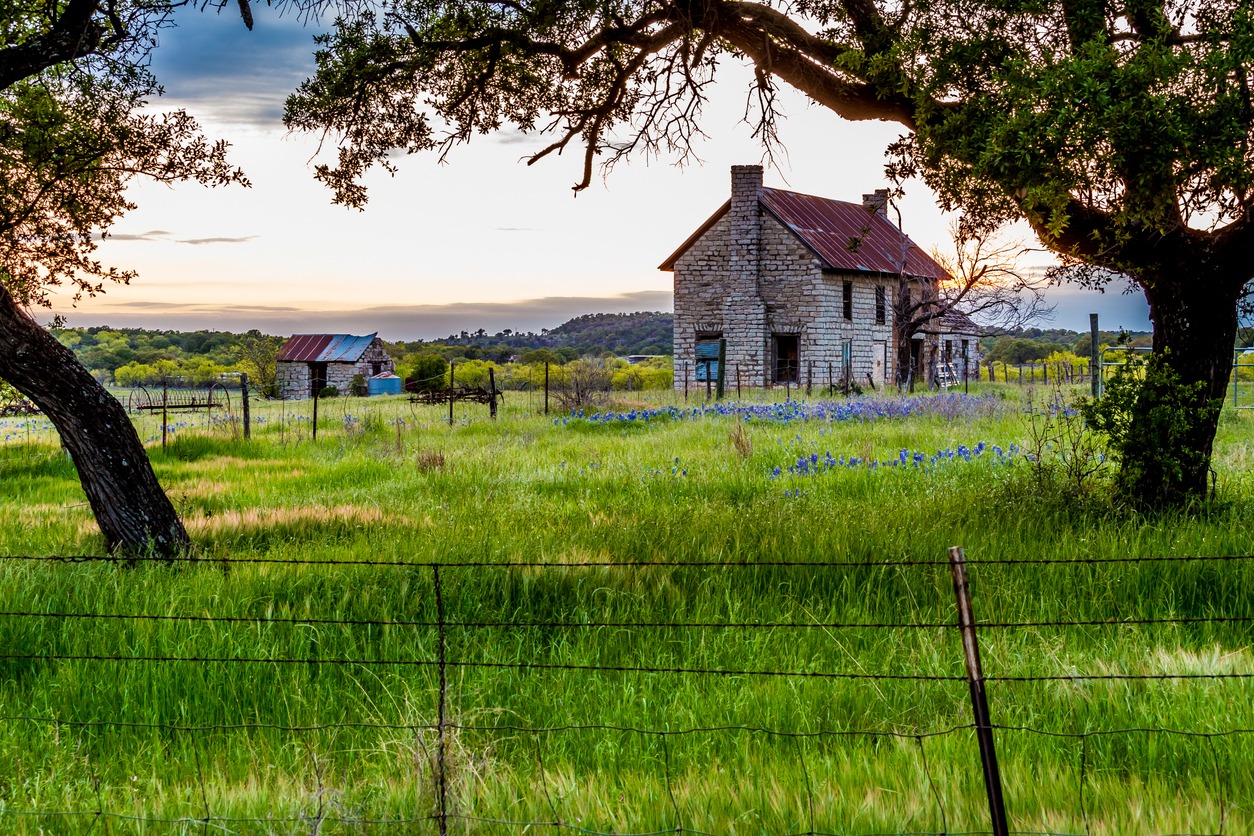
Homesteaders weren’t just farmers—they were innovators. The success of their ventures often depended on adapting to new tools and techniques. At Homestead National Historical Park, you can explore exhibits that highlight the evolution of agricultural technology during this era.
One standout is the farm implement room, which features tools like plows, reapers, and the nation’s first homesteader’s tractor. These innovations helped settlers turn the vast, untamed landscape into productive farmland. You’ll learn how these tools revolutionized agriculture, making it possible for homesteaders to earn their land patents and build lasting legacies.
The displays also highlight how ingenuity went beyond tools. Settlers developed methods to store food, conserve water, and rotate crops—techniques that laid the groundwork for modern agriculture. Their resourcefulness is a testament to human creativity in the face of adversity.
Genealogical Research Opportunities
For many visitors, the most personal connection to homesteading history comes through genealogy. Homestead National Historical Park offers resources to help you trace your family’s homesteading roots. Using online databases and land records, you can uncover the stories of your ancestors who may have taken part in this chapter of American history.
Imagine finding the names of family members who filed homestead claims, discovering the locations of their properties, or learning about the challenges they faced. Genealogy is more than a search for names—it’s a way to uncover your family’s journey, the choices they made, and the impact they had on shaping the country.
Conclusion
Homesteading wasn’t just about settling the land—it was about hope, hard work, and the belief that a better life was possible. Visiting historic homesteads reminds us of the determination and resilience it took to build communities from the ground up. It’s easy to take for granted the comforts we enjoy today, but these sites give us a glimpse into a time when survival depended on innovation, teamwork, and sheer grit.
Whether you’re walking through a restored prairie, stepping inside a pioneer cabin, or uncovering your own family’s connection to the Homestead Act, these experiences offer more than just a history lesson. They let us reflect on what it means to build something meaningful, to face challenges head-on, and to leave a legacy. So take the time to explore these remarkable places—they’re not just relics of the past; they’re proof of the enduring spirit that helped shape America.

